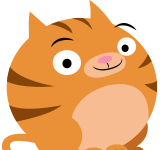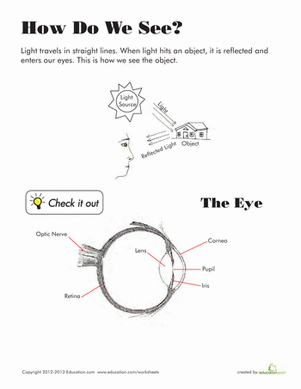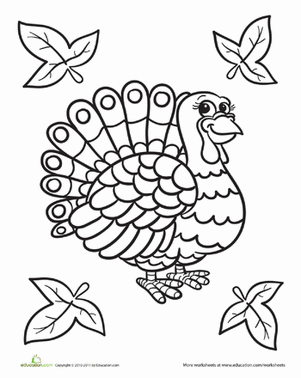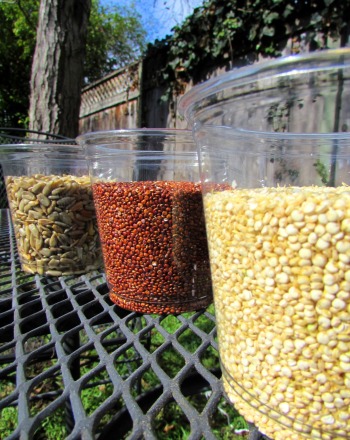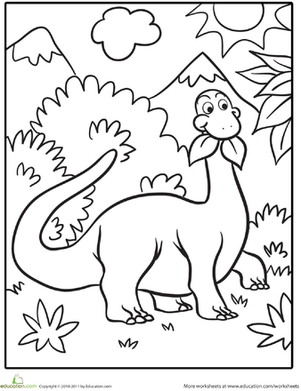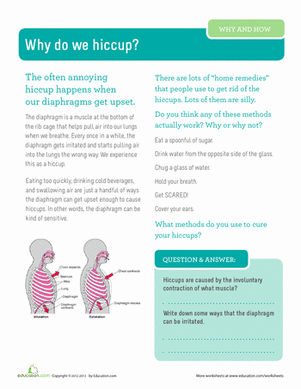Activity
Cuteness Factor: How do we perceive cute?
Grade Level: 10th - 12th; Type: Social Science
Objective:
Research Questions:
- How do perceptions of cuteness differ between males and females?
- Why would there be differences in the response patterns among males and females?
- Optional: Does age affect these perceptions?
We often use the term "cute" to describe infants and other baby animals. Being cute usually draws attention as seen with newborns. People want to hold the baby, speak in an infant-directed manner (baby talk), and play peek-a-boo. The human reaction to cuteness is emotional and when used as a marketing tool it appeal to our nurturing instinct. By comparing the cuteness reaction between genders we can provide further evidence for the evolutionary function of cute.
Materials:
- PowerPoint, Keynote - slide show presentation software.
- Operation (Milton Bradley) - sold at most superstores and toy stores.
- Female and male subjects.
Experimental Procedure:
- From your background research develop a high cuteness and low cuteness slideshow.
- Formulate your questionnaire. This can be modeled from Sherman, et al. 2009.
- Choose your subjects. Include both males and females with at least 10 of each from the same age group (i.e. 15-18, 19-25, 26-35). To test the affect of age you can also recruit younger age groups (5-10, 11-14).
- Assign half of the participants to the high cuteness group and the other half to the low cuteness group.
- Have each subject play a game of Operation. Scores are based on the number of organs removed successfully in the time allotted.
- Have each subject view his or her respective slideshow.
- Following the slideshow have each subject answer the questionnaire.
- Have each subject play another game of Operation.
Terms/Concepts: What constitutes cute?; What is the evolutionary significance of our perceptions of cuteness? ; How our emotions affected by cuteness?; Cute Cues; Konrad Lorenz
References:
- http://www.exploratorium.edu/mind/judgment/cuteify/v1/
- http://www.psychologytoday.com/blog/brainstorm/200803/cute-the-brain
- Sherman, Haidt, & Coan. Viewing Cute Images increases Behavioral Carefulness. 2009. Emotion, Vol. 9 No. 2, 282-286.
- www.cuteoverload.com
- http://www.vanityfair.com/culture/features/2009/12/cuteness-200912
- Sprengelmeyer R, Perrett DI, Fagan EC, Cornwell RE, Lobmaier JS, Sprengelmeyer A, Aasheim HB, Black IM, Cameron LM, Crow S, Milne N, Rhodes EC, Young AW. 2009. The cutest little baby face: a hormonal link to sensitivity to cuteness in infant faces. Psychol Sci.Feb;20(2):149-54.
Education.com provides the Science Fair Project Ideas for informational purposes only. Education.com does not make any guarantee or representation regarding the Science Fair Project Ideas and is not responsible or liable for any loss or damage, directly or indirectly, caused by your use of such information. By accessing the Science Fair Project Ideas, you waive and renounce any claims against Education.com that arise thereof. In addition, your access to Education.com's website and Science Fair Project Ideas is covered by Education.com's Privacy Policy and site Terms of Use, which include limitations on Education.com's liability.
Warning is hereby given that not all Project Ideas are appropriate for all individuals or in all circumstances. Implementation of any Science Project Idea should be undertaken only in appropriate settings and with appropriate parental or other supervision. Reading and following the safety precautions of all materials used in a project is the sole responsibility of each individual. For further information, consult your state's handbook of Science Safety.
